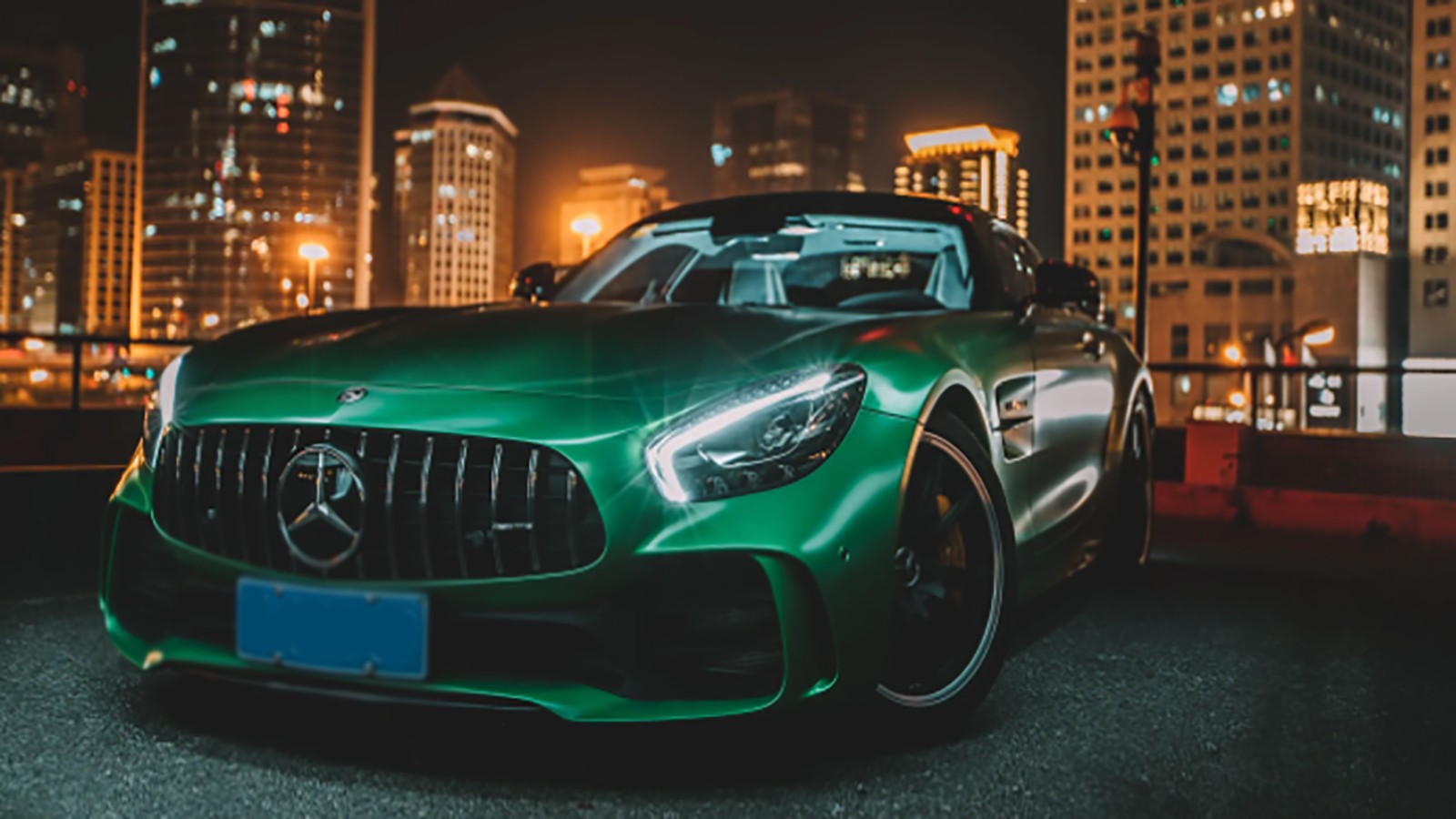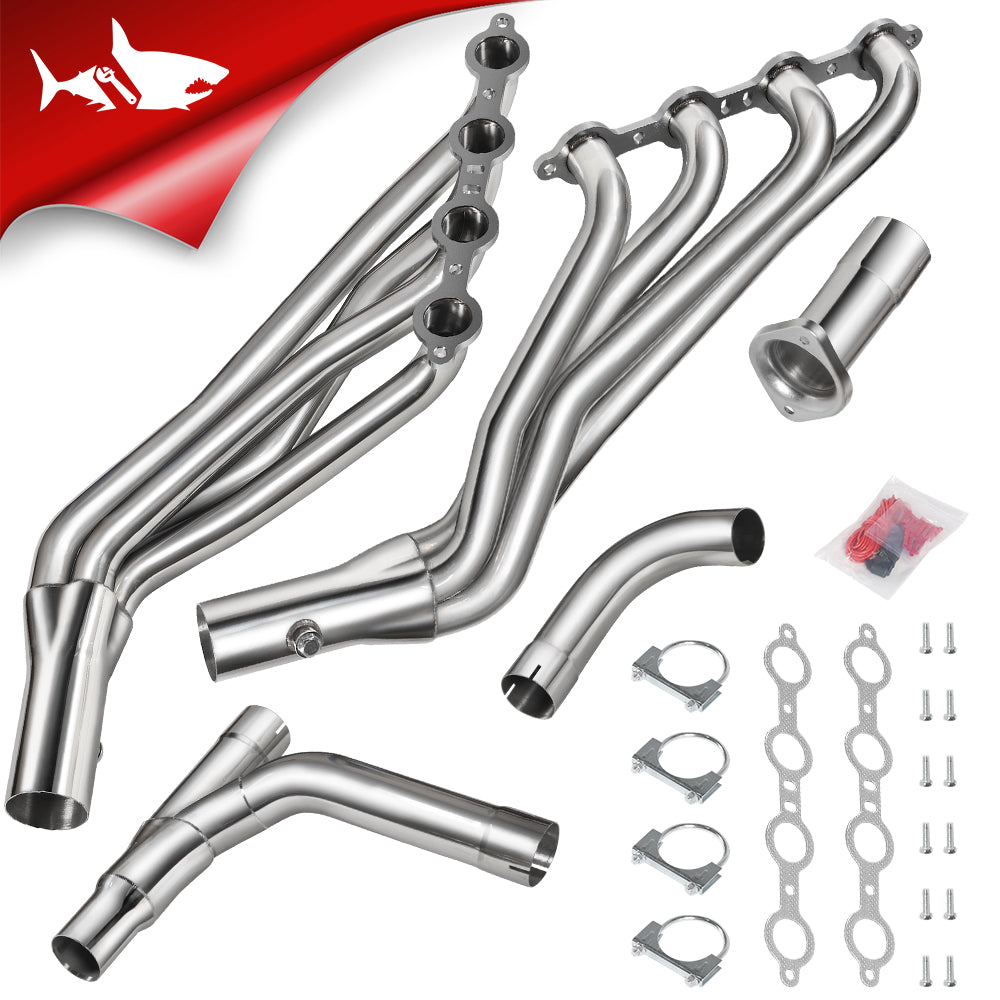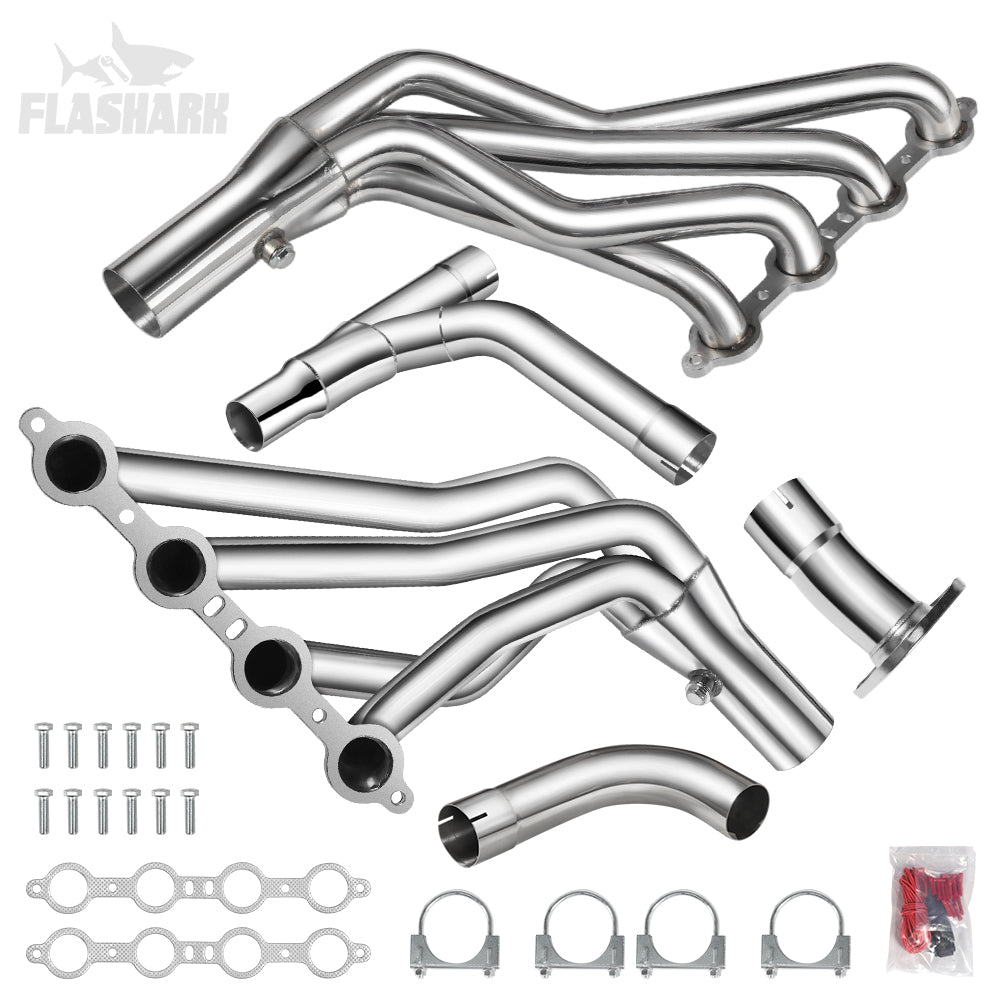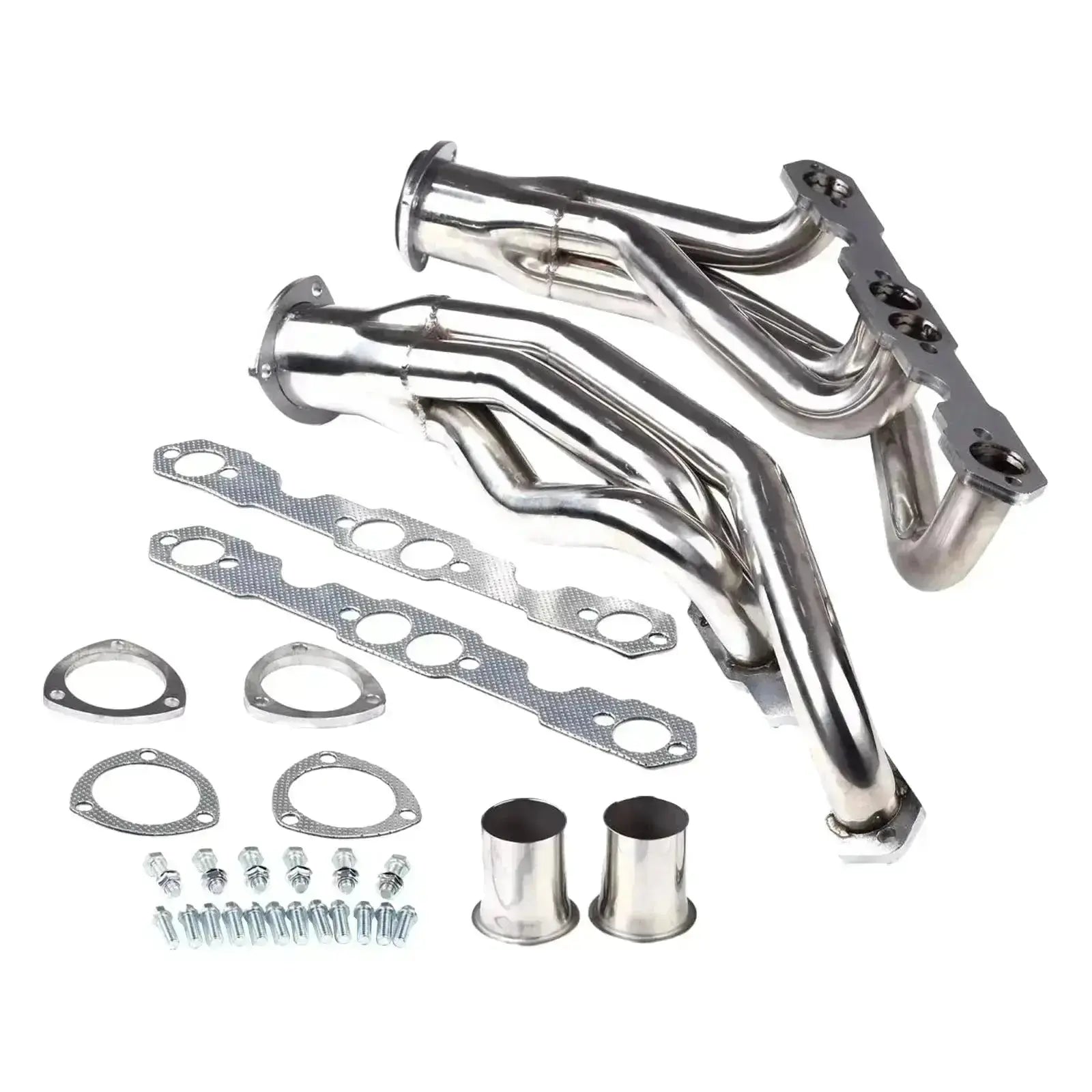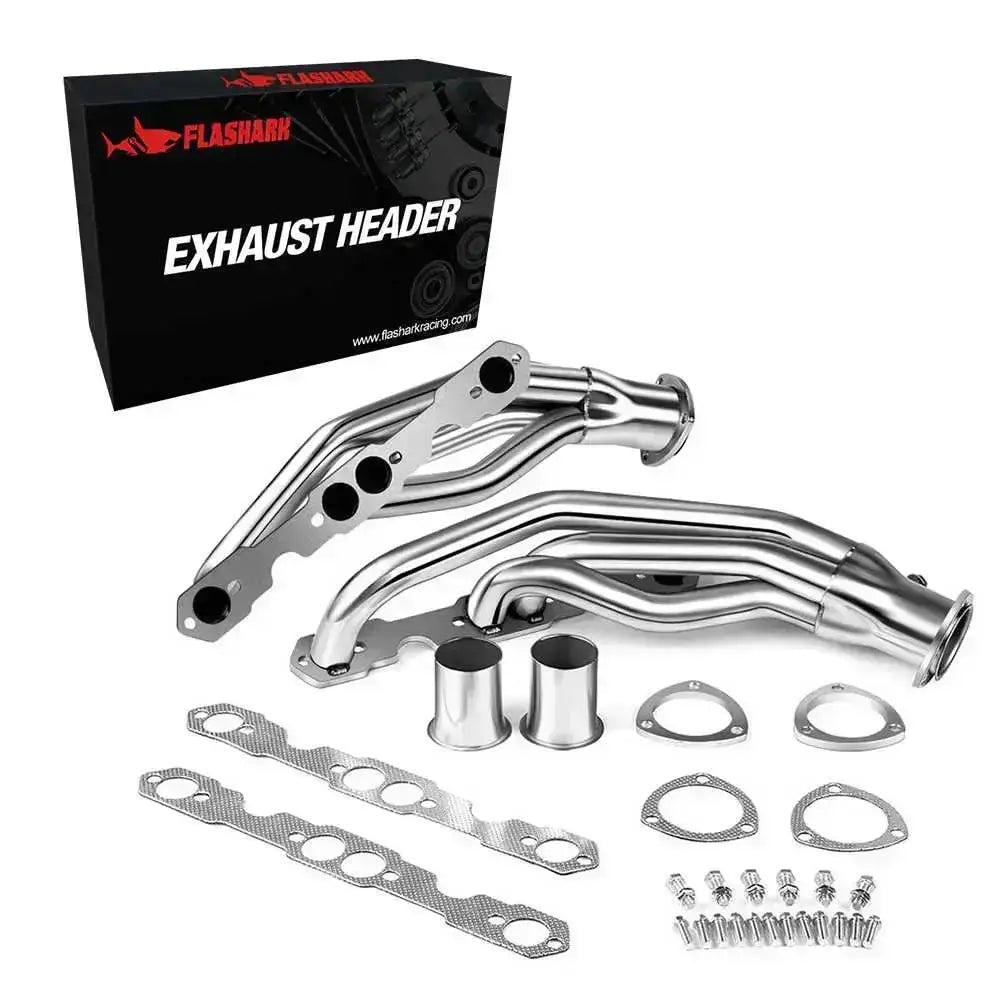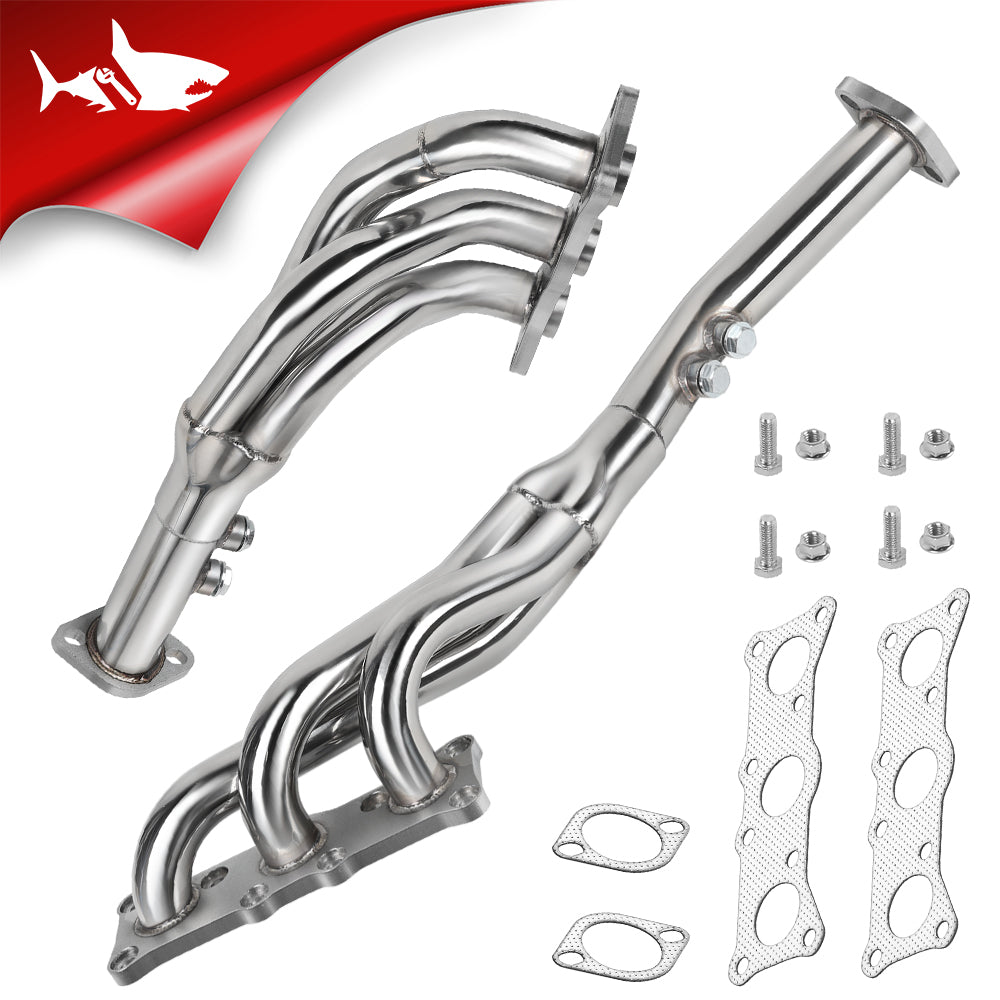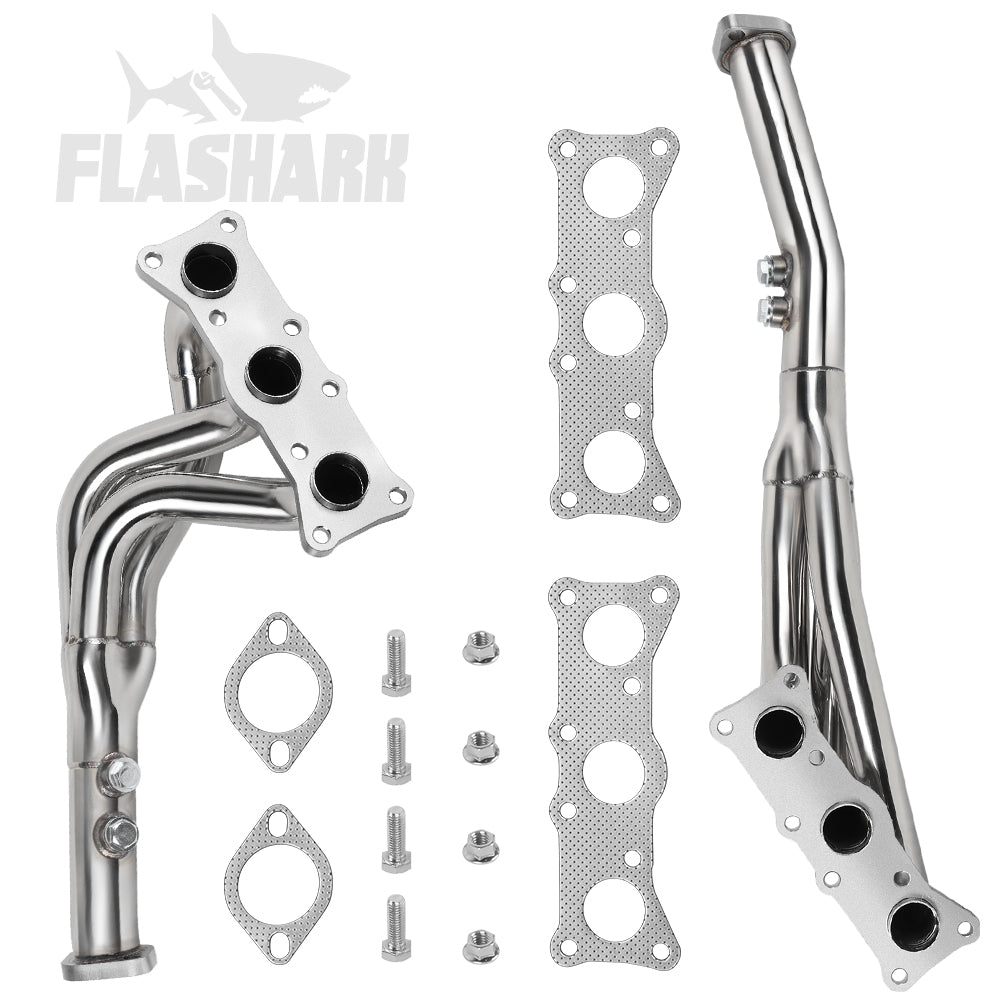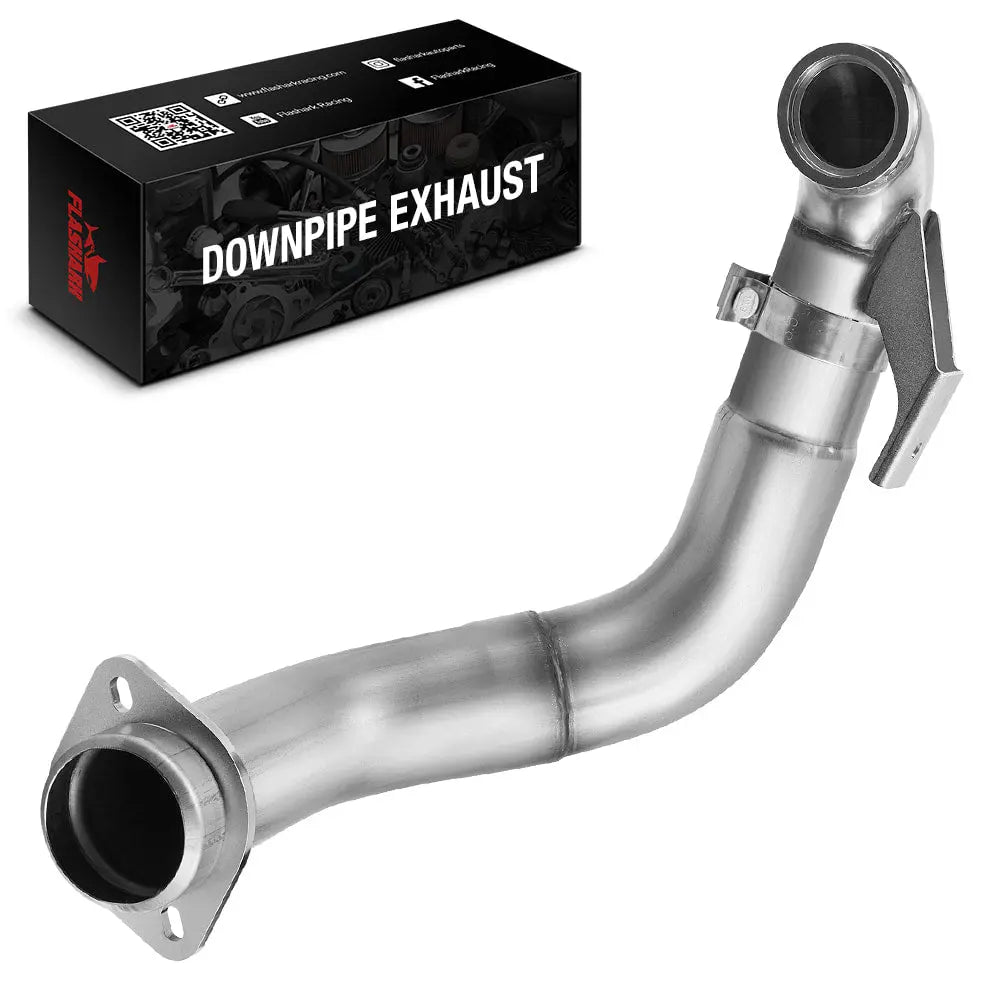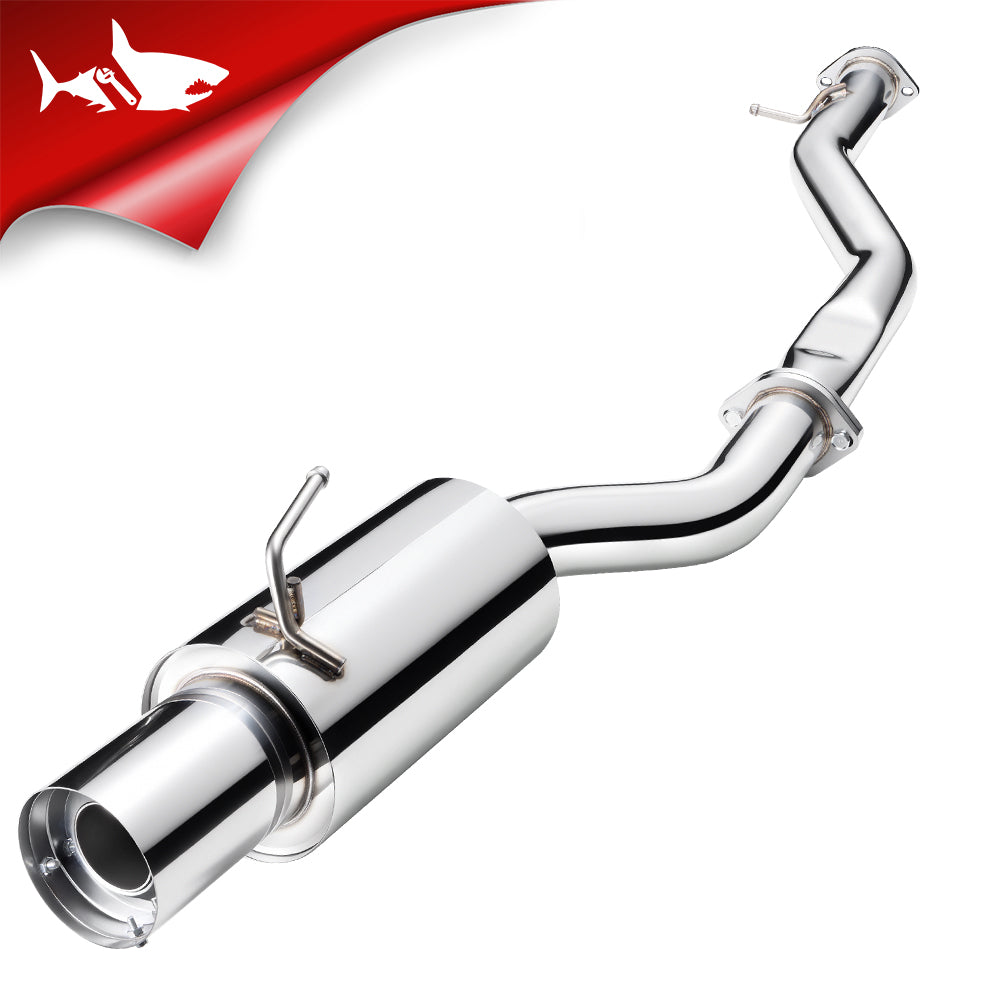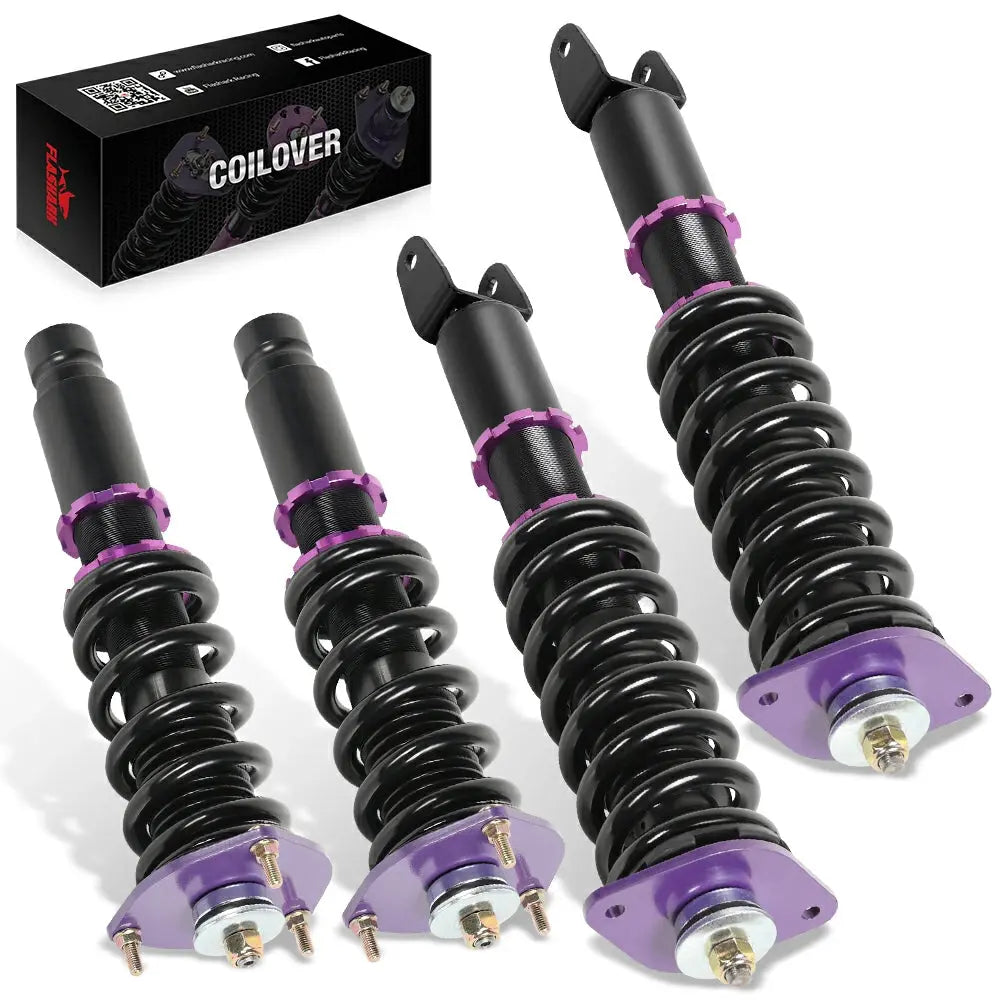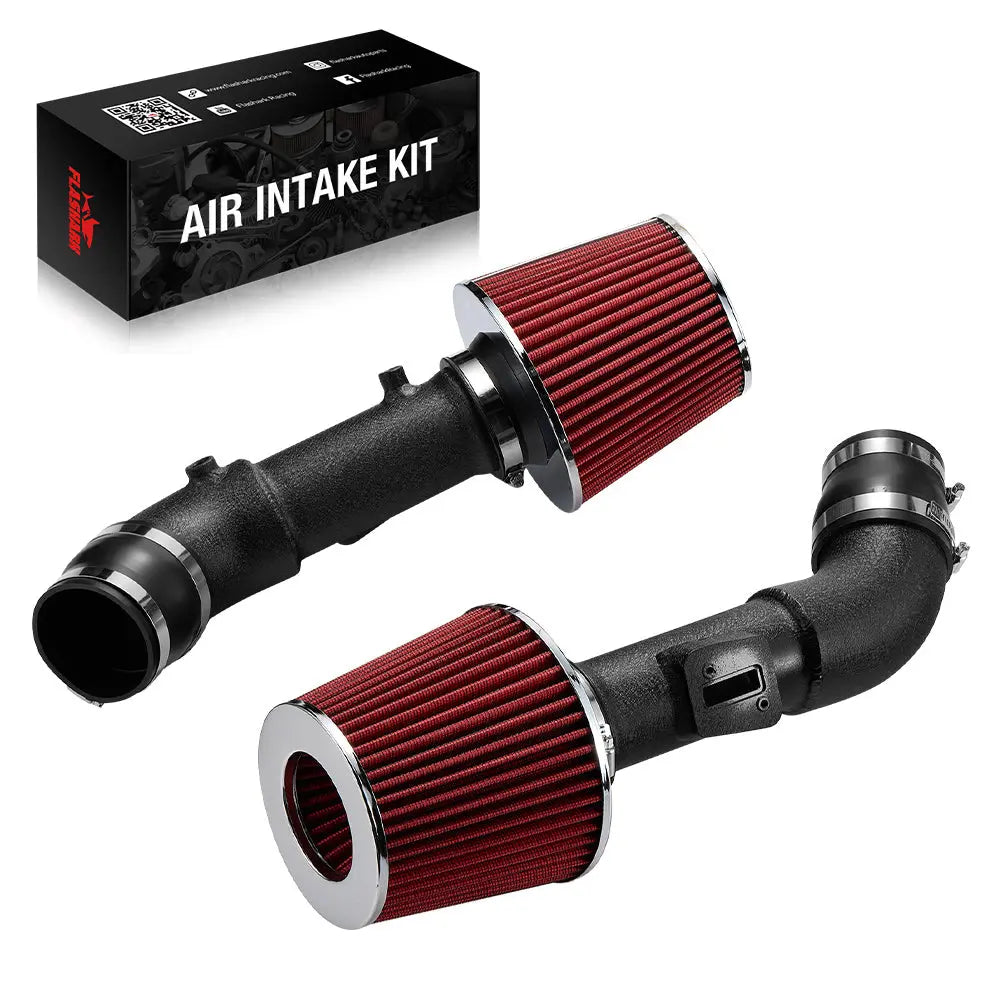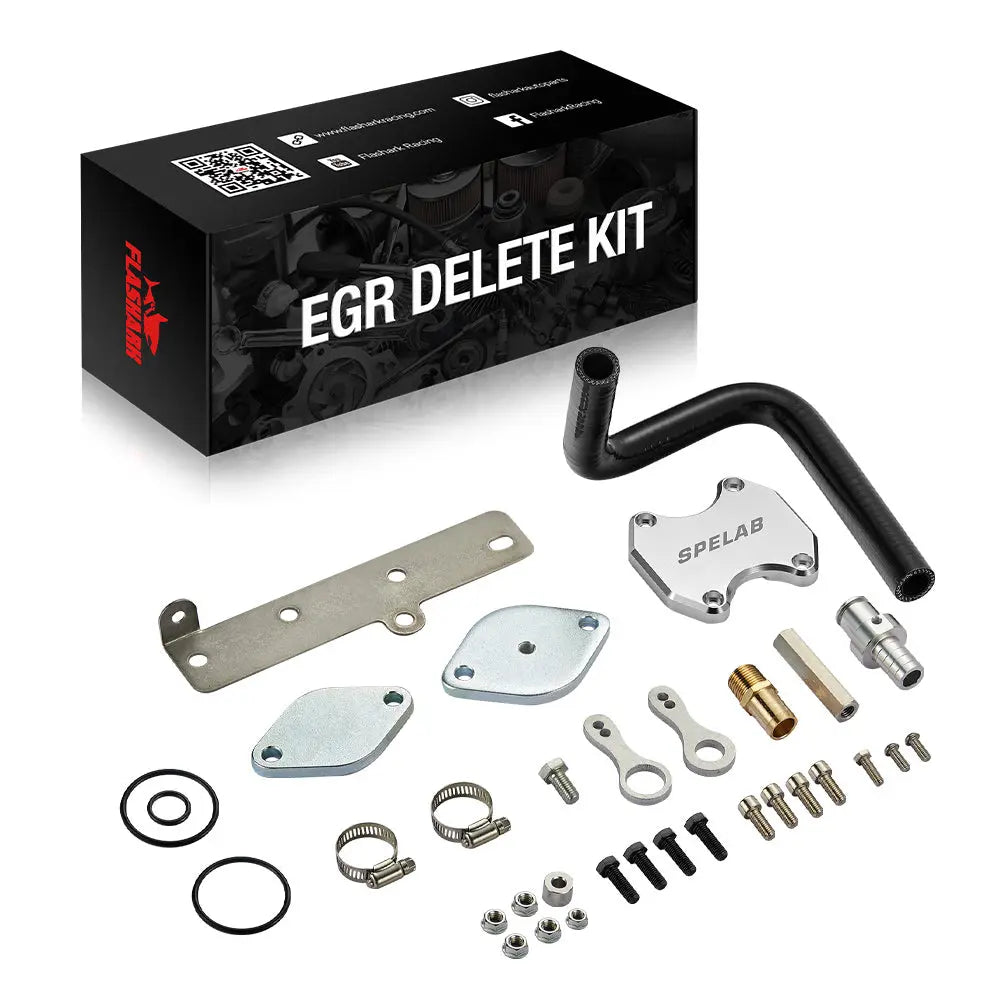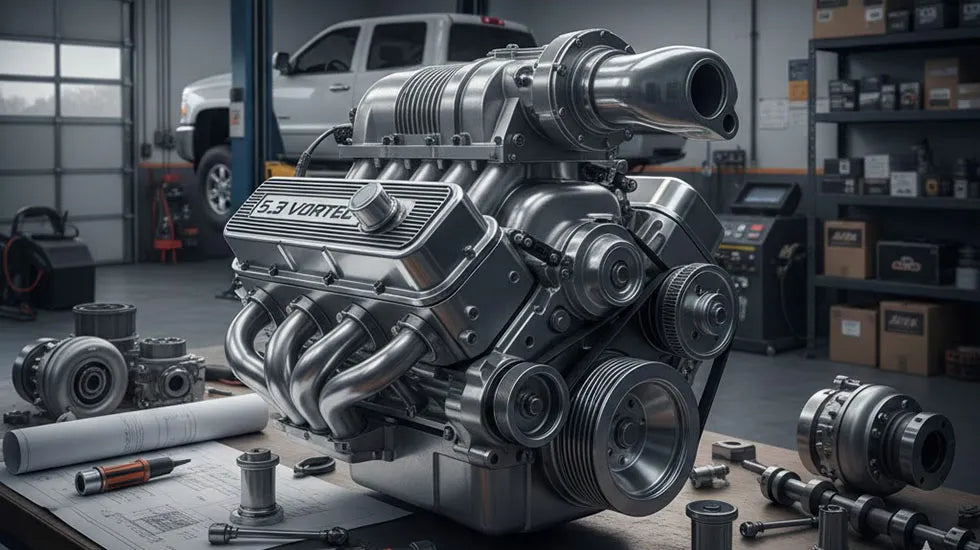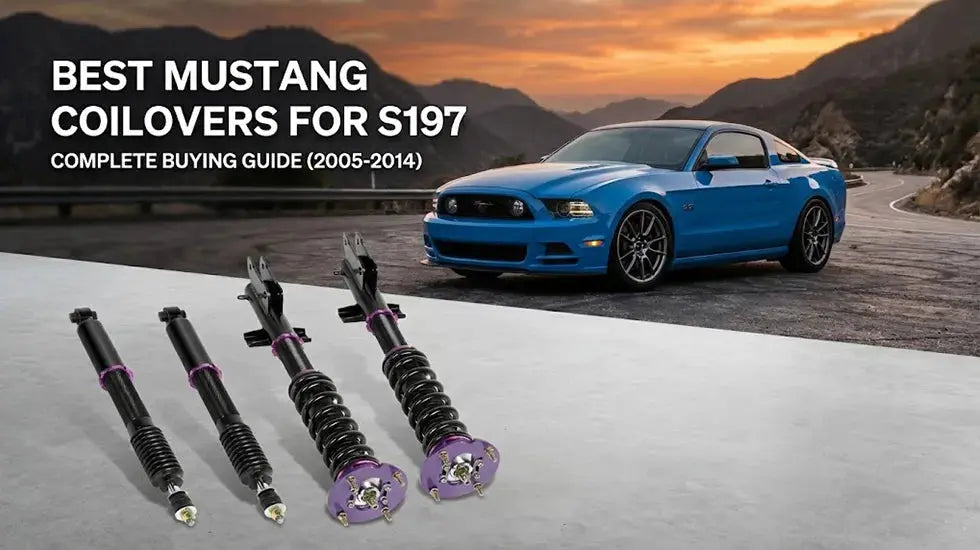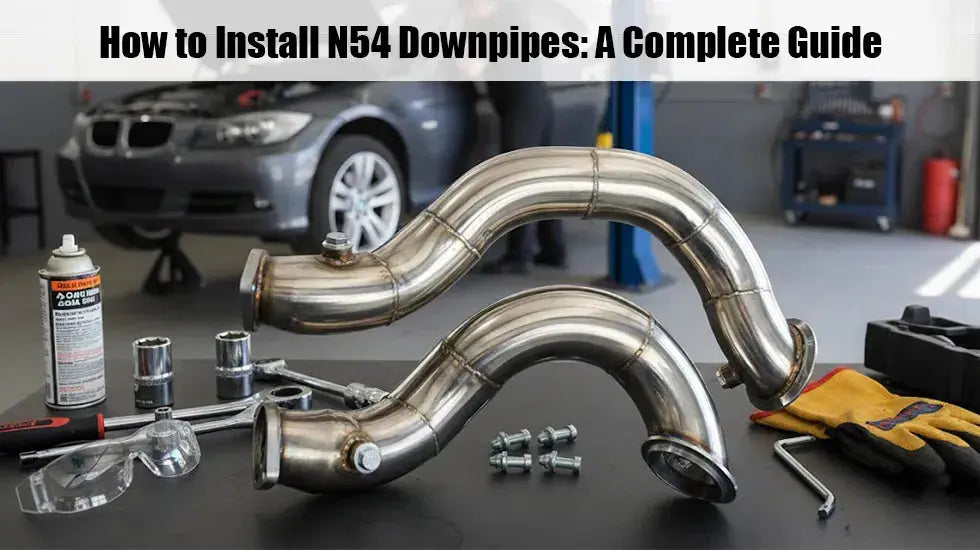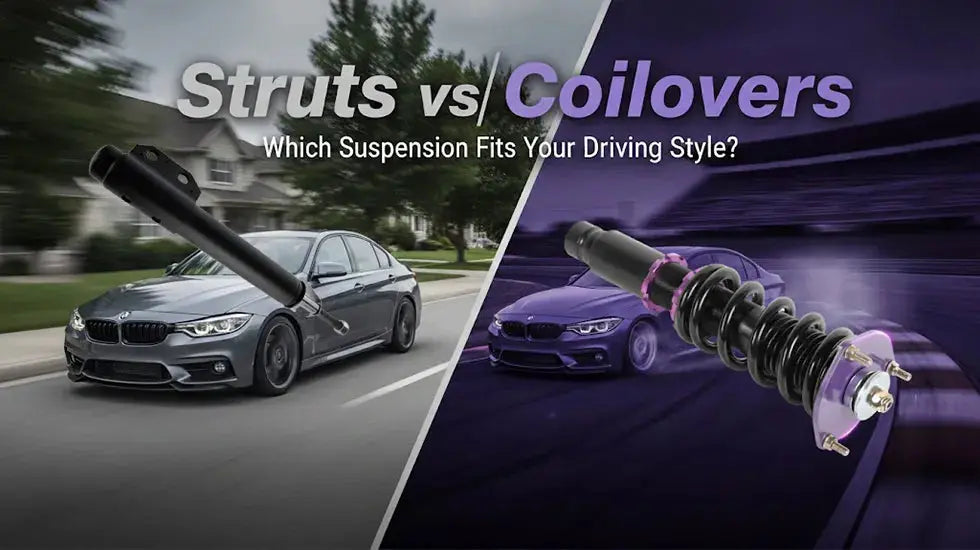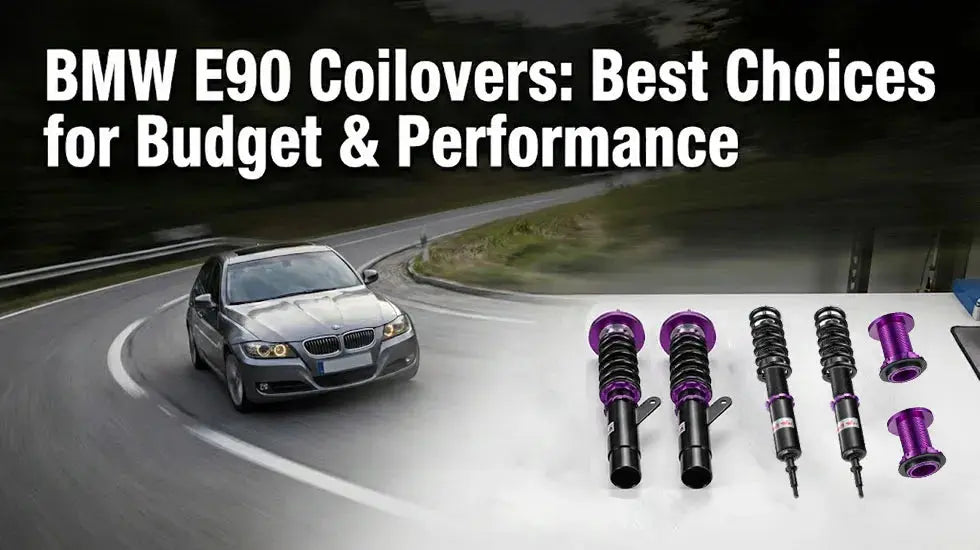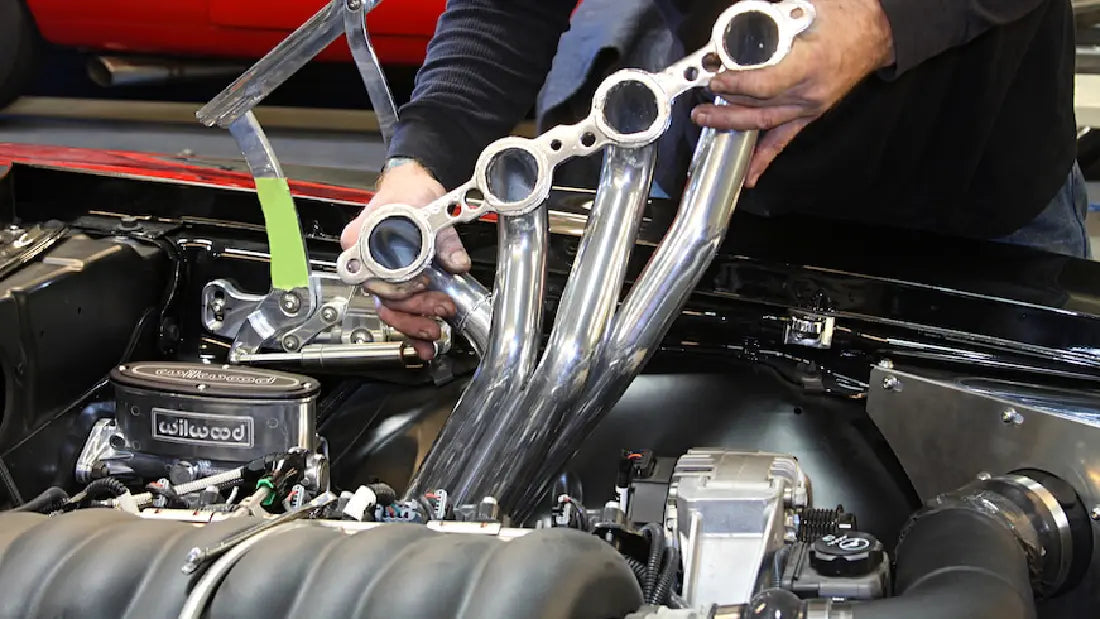The air intake grille is also known as the air inlet of the car by most car owners. When the vehicle is running, the air rushes through the grille into the radiator of the water tank, air conditioning condenser, transmission radiator, steering oil radiator, etc. to these parts to dissipate heat, which can be simply understood as the main cooling system for the engine cooling system. Most vehicles have a grille at the front, which Merriam-Webster describes as "a grille that forms a barrier or screen; especially: a decorative grille at the front of a car". Grilles evolved from the gravel guards previously installed to protect the exposed radiators commonly used on cars in the early 1930s.
Over the years, grilles on automobiles have taken on different designs. This feature first appeared on automobiles in 1903. A few years later, the arch design became commonplace and over the years became the standard design for automotive grilles. The "split" grille design was first seen on the 1923 Alfa Romeo sports car.
Automakers often use the grille as a company logo. When looking at the front end of a car, you can sometimes tell the make of the vehicle. For example, BMW's "double kidney" grille, Audi's "big mouth" grille, Alfa Romeo's "inverted triangle" grille, VW's "horizontal" grille and Jeep's "seven vertical holes" grille design. These classic and unique design elements have long been deeply rooted in people's hearts, but also become an important brand asset of each car company.
2. 5 types of grilles and 2 fastening methods
According to the five different installation positions on the body, the grille is divided into five types.
- Radiator grille (front engine vehicles).
- Roof or luggage compartment grilles (rear engine vehicles).
- Bumper skirt grilles (front and rear).
- Fender grilles (brake vent covers).
- Hood air intake grille (allows intercooler airflow)
2 fastening methods
Bolt-on type
In this installation method,[7] the billet grille is simply bolted to the existing OEM plastic grille. This method does not require drilling or cutting of the OEM grille housing. Hidden bolts, brackets and clamps are used for this simple installation. The downside is that it may not look as clean as the replacement style because you can still see the OEM grille underneath. Bolt-on parts should take no more than 30 minutes to install.
Replacement Style
The OEM grille must be removed first and then a replacement billet grille must be installed to replace the OEM grille. This method requires drilling and, in some cases, cutting. Installation instructions are provided by the grille manufacturer, but can still be a challenging job.
3.Do you need a grille? Is the grille important to the car?
The front grille of a vehicle was originally designed for a real purpose: to allow airflow under the hood, thus cooling the engine and radiator. The car is filled with all the components that are moving fast to run large machines, and all that friction generates heat, so it's important to cool it as much as possible. Engineering has evolved in such a way that while the front grille still maintains its original function, it is seen as more of a decorative design aspect than it used to be.
However, as the future moves more and more toward electric vehicles, front grilles may become less necessary and used almost exclusively for design purposes. Nonetheless, we're still happy with the way they look on vehicles, so they won't be completely obsolete in the future!
4.Can you drive with a missing or damaged grille?
A lost or damaged grille will not affect your normal vehicle driving. However, until the grille is replaced, you run the risk of exposing the engine and radiator to road debris. This could result in more repairs and more expense.
5.OEM vs. Aftermarket Grilles: What's the difference?
When replacing your vehicle's grille, it's important to consider whether you're replacing it with an aftermarket or original equipment manufacturer (OEM). Here's how to distinguish between them.
Manufacturer
OEM grilles are manufactured by the vehicle manufacturer or its affiliated partners, while aftermarket grilles are manufactured by a third-party manufacturer not associated with the brand. Both are excellent choices for replacement or upgrade grilles, and OEM and aftermarket grilles are manufactured in world-class facilities using the same advanced technology and under strict quality control.
Search for parts on Flasharkracing.com
- Easier
Because OEM grilles are made by only one manufacturer, you may have to wait several weeks for your order to arrive at your dealer. Aftermarket replacements, on the other hand, are more readily available and can be easily ordered online.
- Lower cost
Because OEM grilles carry the brand name of the vehicle manufacturer, they tend to cost more than aftermarket replacements. A great way to save money on repairs is to go the aftermarket route, where you can get the same look and quality at a more competitive price.
- A more innovative look and feel
The beauty of aftermarket grilles is that they come in a variety of styles. If you want to stand out on the road, choosing a replacement grille with a different design can dramatically change the look of your vehicle.
6.What is the cost of a new grille?
The cost of a replacement grille can range from $200 to $2,000 (not including labor costs). Prices will vary depending on the year, make and model of your vehicle. Other factors that may affect the price include the make, type (grille, grille insert, grille housing, etc.) and material (plastic, steel, stainless steel, ABS plastic, aluminum, etc.).
Flashark has a number of grilles that may serve as a reference for you.
7.How to maintain your car grille?
In order to keep your vehicle looking and performing at its best, you must keep its grille clean to allow maximum airflow into the engine.
When washing your car, use a neutral sponge and then gently scrub the entire grille with a neutral cleaner. The sponge can easily remove stains by gently rubbing the sticky parts. A toothbrush can be used for the parts that the sponge cannot reach. Diluted neutral detergent can be poured into a spray bottle, then the detergent can be sprayed evenly. Then use the brush to scrape the fine parts. If you use a rubber band to wrap a small cloth around the disposable chopsticks, you can wash them more finely. Finally, wash the detergent clear and let it dry completely. You may be concerned about whether water will get into the front grill when you wash your car. Some people may not be sure if they want to use a pressure washer All in all, there is no problem within the normal scope of a car wash. Inside the front grille is the engine compartment. It is designed to operate properly even in rain or storms. In addition, the nacelle itself is waterproof. If precautions are followed, the cabin can also be cleaned.

